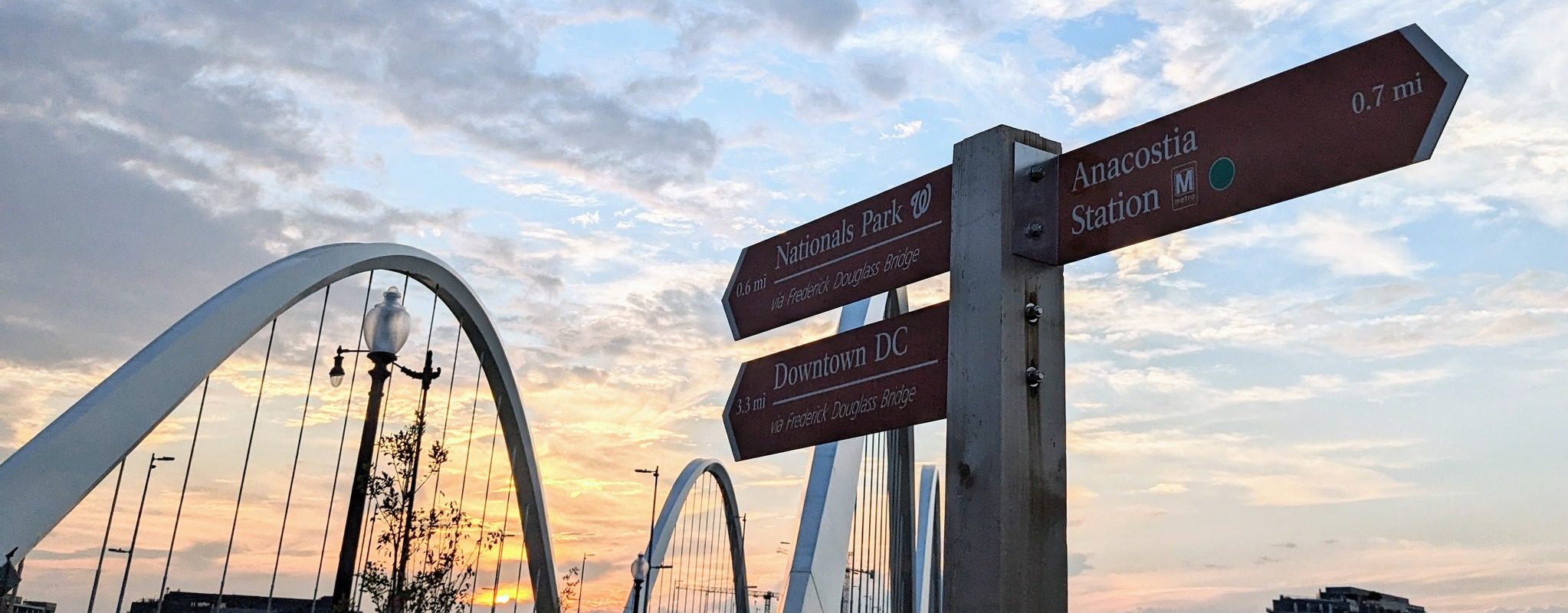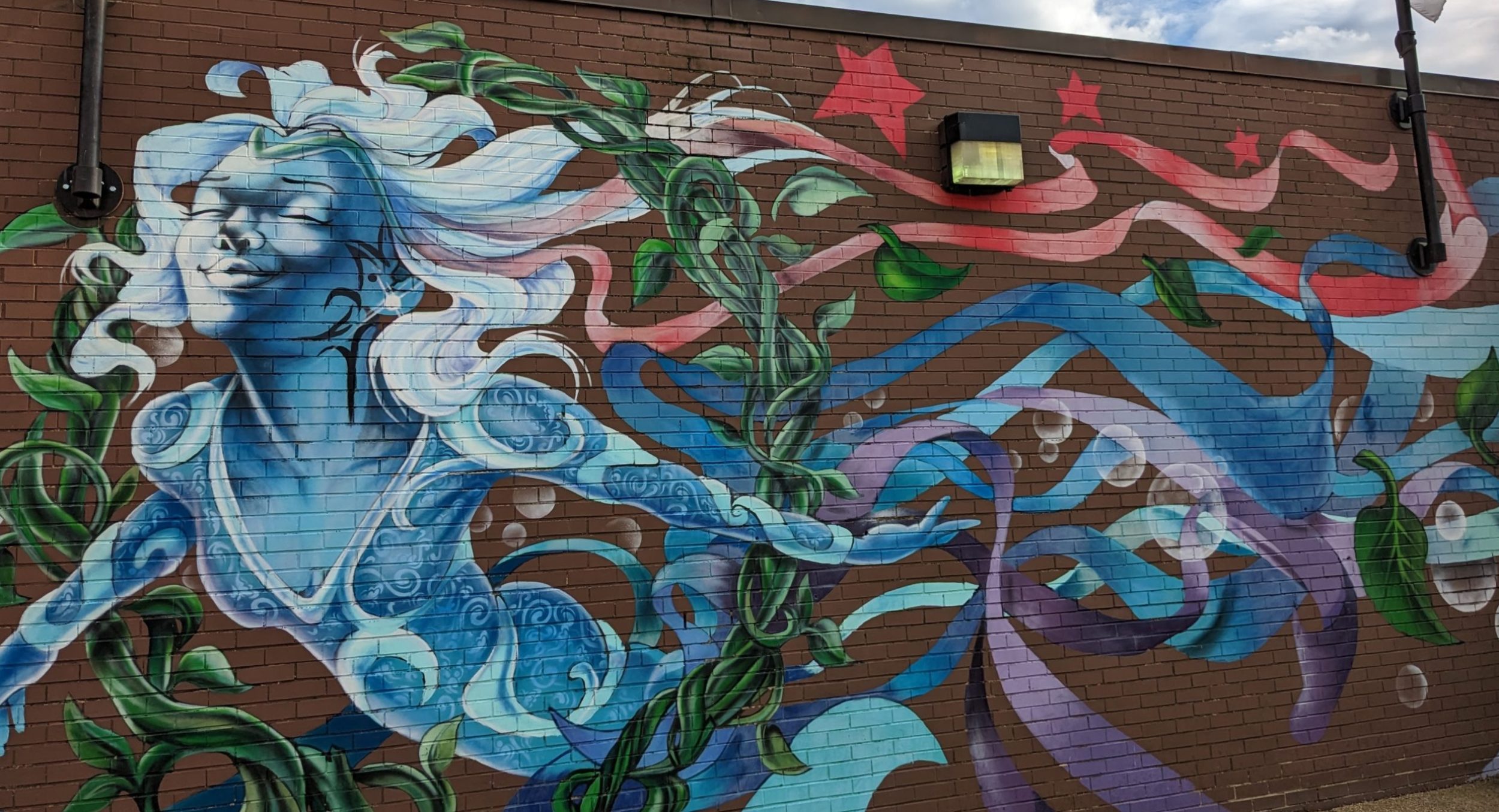It would be worth taking the ferry between New Zealand’s north and south islands as a joyride, with no greater purpose than to see the sights. Green hills rise from blue waters in the Cook Strait that separates the islands.
My husband and I took the ferry to bring us to the south island. Our boat carried dozens of cars down below. Up top, a restaurant sold fish and chips, which we in the U.S. call fries. It also offered meat pies, plainer ones and gourmet variety. David and I had a glass of wine on the deck at sunset.
Failed Grocer’s Apprentice
Many earlier visitors had a much different experience in these waters. Wellington’s city museum displays this quote:
“There are times when one is tempted to think nature was in a malicious mood when it made the Strait that Cook discovered.”
Captain James Cook didn’t discover the strait, even for Europeans. A Dutch explorer had spied them earlier. What Cook did is map a good way through it. He also improved on another earlier Dutch finding, that of the remote Australian coast. Cook landed not far from Sydney during a 1768-1771 trip and opened the way for English colonization.
Cook, born in 1728, had mapped parts of North America earlier in his career. He would die in 1779 in Hawaii. Had Cook shown much aptitude in his first apprenticeship, he might never have traveled far from his native town in England.
Instead, the grocer for whom Cook worked cleared the boy’s path to the sea by introducing him to ship owners.
Good Manners
Our exploration of New Zealand benefited from the country’s network of tourist-information offices. They can provide one-stop shopping, including getting good prices on hotel rooms at busy times.
The staff workers at the tourism offices have what seems like a neat trick. They finish their business with one customer before moving onto the next. It was a pleasure to see this after waiting longer than needed in U.S. stores. Staff there will greet the next customer before finishing with the one standing in front of them. It’s not fun to be one of four customers standing at a counter while an employee “multitasks” and gets not a single customer’s business done in five minutes.
The woman who helped us at our first post-Cook Strait stop had traveled widely in the U.S., where her son lives. David stopped to ask her about where she’d visited, his impatience to start our hike set aside for a bit.
She booked us on an afternoon bus to Christchurch, giving us a few hours to walk out on the green hills above blue water. Handing us our change, the woman from the tour office said we had enough to buy ice cream cones.
“Tip Top”
We laughed because that’s what we planned to do–buy two Tip Top brand of New Zealand’s own creation, a rich vanilla with toffee bits known as hokey pokey.
She agreed that she had not found Tip Top’s equal in all her travels, which included the majority of U.S. states.
Tip Top ice cream was our favorite New Zealand food. New Zealand appears to have embraced gourmet food. The newsstands were full of glossy food magazines. Restaurants offered plates at more than $20 for fish and meat done up with spices.
Expensive premium Italian ice cream often was easier to come by than Tip Top in our travels, so much so that David and I came to refer to the cities of New Zealand as being in the gelato belt.
For us, the real finds were little corner grocery stores that had freezer filled with tubs of TipTop ice cream. They would sell you a freshly scooped cone of TipTop hokey pokey for about U.S.$1.75. I can’t imagine how a U.S.$4 gelato would even begin to compare.
Here are some shots of Picton
Here is a 2001 New Zealand Herald article on hokey pokey
http://www.nzherald.co.nz/section/1/story.cfm?c_id=1&objectid=583900

